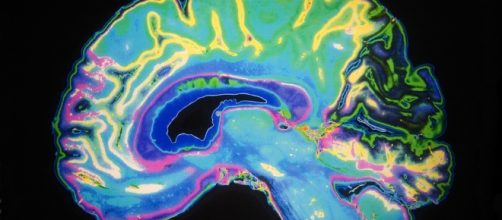Statistically, a couple who have given birth to an autistic child are at a high risk of having additional autistic children. As Autism is a spectrum disorder, most medical experts are not comfortable diagnosing a child with autism until the child is several years old. A new autism study, however, has given parents of autistic children hope.
This study can predict when infants with older autistic siblings will also be autistic
Last week, a journal called Nature published a study which revealed it was possible for medical experts to identify which infants would be diagnosed with autism by the age of 24 months.
With the use of magnetic-resonance imaging, researchers conducting the study at University of North Carolina took brain scans of infants at 6 months, 12 months, and 24 months of age.
Roughly 80 percent of the time, the researchers were able to use the brain scans to predict which infants – who had older autistic siblings – would be diagnosed with autism as well.
With this study, researchers believe early Brain Development biomarkers can be used to predict which infants will be at a high risk of developing autism long before they have any behavior symptoms.
Autism isn’t usually diagnosed until ages two or three
Most medical experts will not diagnose a child with autism until they are somewhere between the age of two or three.
This is the age range when most autistic individuals will start to develop behavior symptoms related to the disorder.
How common is autism?
It has been estimated by the CDC that one out of every 68 children will develop autism in the U.S. Infants who have older siblings with autism are at an even higher risk as they have a 20 percent chance of also being autistic.
Naturally, infants with more than one older autistic sibling will have an even greater risk. Statistically, about 3 million people living in the United States have autism and there are tens of millions of people living with it around the world.
This study gives parents hope
This particular autism study focused on 106 infants who were considered to be high risk of developing the spectrum disorder as well as 42 infants who were considered low risk.
As most parents with autistic children know, early intervention and therapy play an important role in the development of a child with this disorder. With this study, parents may be able to get an autism diagnosis earlier – or early therapy based on the fact that their child is at a high risk.

